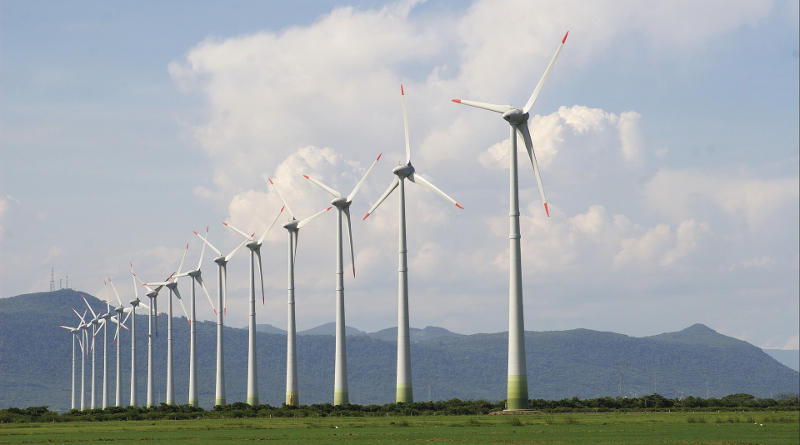 NEWS
NEWS
 NEWS
NEWS
 NEWS
NEWS
With Gartner Inc. expecting enterprise investment in connected devices and related technologies to reach $1.4 trillion per year by 2020, it’s no surprise that information technology vendors are so enthusiastic about the trend. SAP SE became the latest to join the fray today by announcing that it will spend €2 billion ($2.2 billion) over the next five years to try to establish a bigger presence in the Internet of Things.
The push is closely reminiscent of the $3 billion initiative that IBM Corp., one of the German software maker’s biggest rivals, launched last year to help organizations tap new sources of machine-generated data. Both vendors are focusing primarily on making it easier to analyze this data and intend to deliver many of the new offerings that they’ll develop as part of the effort via the cloud. In the case of Big Blue, it’s relying on the infrastructure-as-a-service platform that it gained through the purchase of SoftLayer Technologies Inc. in 2013 to pursue its objective, while the foundation of SAP’s plans is the increasingly popular managed version of its HANA database.
The vendor wants to position the platform as an environment where companies can aggregate, organize and process the data from their connected devices. It’s kicking off the effort by acquiring an Italian startup called PLAT.ONE that sells a middleware stack designed with machine-generated transmissions in mind. SAP said that it will integrate key components from the system into HANA Cloud to provide support for more types of hardware, streamline data ingestion and provide device management capabilities. The latter addition is presumably meant to reduce the amount of custom code required to build analytics applications on top of HANA.
Meanwhile, organizations that don’t have the time or resources to develop data-crunching software from scratch will be able to use the pre-packaged solutions that SAP plans to deliver as part of its expansion effort. The first offering in the lineup is a platform referred to as the “Digital Operations Room” that can correlate sensory transmissions with data from the vendor’s supply chain management software to help identify areas for improvement. The company says the functionality lends itself to a wide range of different uses. An electronics manufacturer, for instance, could harness the system to identify production line inefficiencies that are slowing down product shipments.
The final element of SAP’s strategy for the connected universe is a planned network of education hubs where customers and partners will be able to learn how to put its software to use in their environments. The facilitates are set to feature workshops, “co-innovation spaces” and provide access to experts. SAP is looking to set up shop in Shanghai, Singapore, Munich, Berlin, Palo Alto and Sao Leopoldo as part of the effort.
THANK YOU